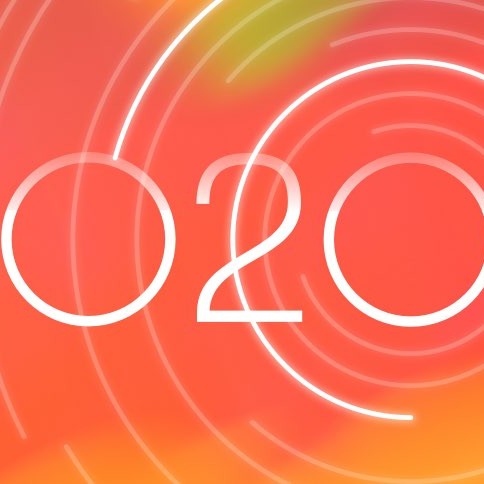Digital connectivity is transforming the automobile experience and radically shifting traditional paradigms from car sharing to self-driving features. In this new world, the car simply becomes another node in our connected digital network.
AS THE DIGITAL WORLD EVOLVES, IT LEAVES NO STONE UNCONNECTED AS IT TRANSFORMS HUMAN BEHAVIOR AND INDUSTRIES. The transportation industry, specifically automobiles is no exception and from the fanfare broadcast in the market, there is clearly a transformation in process. For the past few years, our teams at Punchcut have been working with both automakers and suppliers to not only envision the future of the connected car but craft experience strategies and detailed interface frameworks that enable a more seamless, intelligent and autonomous transportation experience.
Through our efforts, we have defined key insights and principles that are critical to consider for organizations as they think about and create the connected cars of the future. In this article, we share a few of them and hope that they serve as a catalyst for conversation around connected transportation.
- The car is your space between spaces.Your vehicle is a transitory space that exists between other important spaces in your life and often functions as an extension.
- Every car is your car.Your services, settings, and preferences go with you. Personalization doesn’t just apply to the driver. It applies to everyone in the vehicle.
- Cars must evolve with their owners.People change; your car should too. Living platforms and modular upgrades create long-term, loyal driver-brand relationships.
- The car is your mobile device.With biometrics and an always-connected vehicle, bringing a mobile device on board will soon feel like an unnecessary redundancy.
- Autonomous driving means I’m more in control.When navigation and safety are taken care of, I’m free to focus on what matters to me in that moment.
- Anticipate my needs beyond the engine.A context-aware vehicle is connected to external sources and provides personalized value beyond the Check Engine light.
- There’s power in the network.Autonomous fleets enable new levels of sharing of power, forward awareness, communication, and entertainment.
- The entire car is the (human) interface.Take advantage of every opportunity to interact in natural, human ways throughout the car, rather than focus on the head unit.
- The 6th sense is data.Connecting drivers to the data around them result in behavior change. External sensing creates enhanced awareness of what matters.
- Your car has your last two cars inside.Drivers will develop trusted relationships with their AI, and it will travel with them to their next vehicle, allowing instant personalization.
- Cars are for living, not driving.As autonomous vehicles become more commonplace, the task of driving will become a secondary pursuit. Even today, only one of the car’s occupants is responsible for driving.
- One relationship, many vehicles.Future technologies that allow for autonomous cars have the potential to redefine car ownership for the majority so that it’s not 1:1, but 1: many.
As we have partnered with automobile companies and service providers these principles have served to point the way in aligning their vision and efforts towards redefining the focus and future of connected cars and transportation. As with any principle, though brief in a statement, they are rich in insight and direction when applied as a part of innovation-driven design efforts.
In an industry that is quickly transforming there is still much to be accomplished. The key to success will depend on new service-centric mindsets that connect car experiences to the world around them.
A Punchcut Perspective
Contributors: Jared Benson, Ken Olewiler, Terence Mascarenhas, Jodi Burke, Nate Cox


